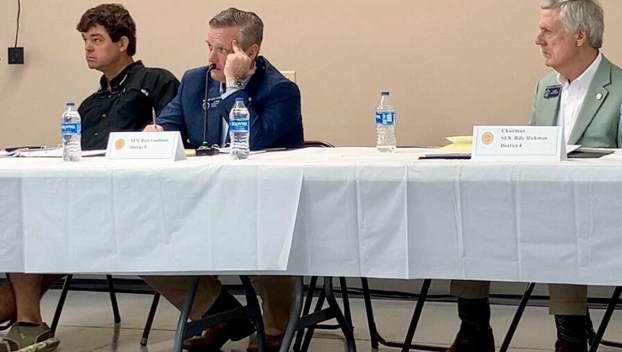
Local News
Study committee meets in Moultrie to ponder solar farms
MOULTRIE — “Solar farms” in Georgia was a topic of discussion at a meeting of the Senate Study ... Read more

MOULTRIE — “Solar farms” in Georgia was a topic of discussion at a meeting of the Senate Study ... Read more